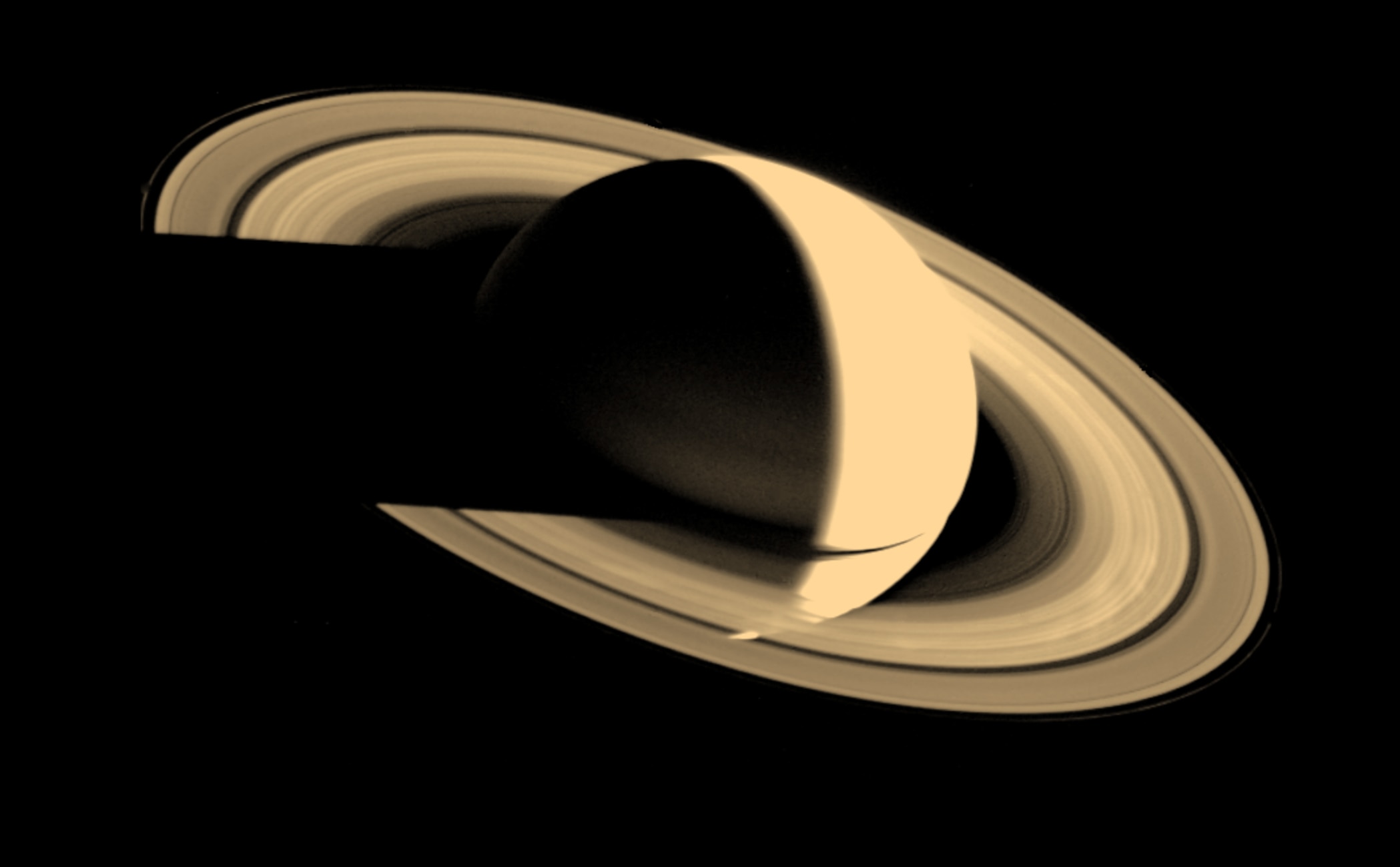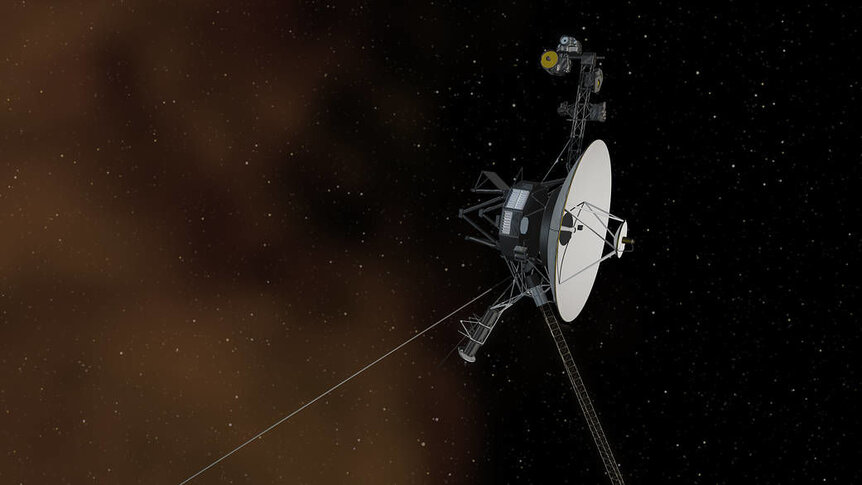Create a free profile to get unlimited access to exclusive videos, sweepstakes, and more!
Voyager 1 and friends still cruising through space, but where will they end up?

When a spacecraft gets launched into the great beyond, it’s not usually coming back to Earth.
There are space telescopes and satellites that do make a return to the home planet and burn up in the atmosphere. Then you have spacecraft like NASA’s Pioneer probes, launched in 1972 and 1973, and Voyager probes, launched in 1977, that just keep going and going and … you get it. Voyager 1 and Voyager 2 have already broken into interstellar space. Now astronomers have figured out where these spacecraft will end up hundreds of thousands, even millions of years from now.
Along with New Horizons (eventually), the Voyager and Pioneer probes are the only spacecraft that belong to the I’m Going to Interstellar Space club. Coryn A.L. Bailer-Jones of the Max Planck Institute for Astronomy in Germany and Davide Farnocchia of the Center for Near Earth Object Studies at NASA's Jet Propulsion Laboratory in California have used 3D positions and velocities from stars in the Gaia space observatory’s survey to figure out where these pieces of not-quite-space-junk are headed.
“Although they will cease to operate long before encountering any stars [the Pioneers already have], it is nonetheless interesting to ask which stars they will pass closest to in the next few million years,” Bailer-Jones and Farnocchia said in a study recently published in Notes of the American Astronomical Society.
Voyager 1 is on a 16,700-year journey to Proxima Centauri, the star nearest to Earth. Too bad it won’t be able to transmit anything back. Not that it matters, because the flyby won’t be that close, at 1.1 parsecs (3.59 light-years) from the star — or way too far for anything exciting. Voyager 2 and Pioneer 11 will follow it there, while Pioneer 10 goes off to the constellation Andromeda for an encounter with star Ross 248, 10.3 light-years from our planet.
Hundreds of thousands of years from now is when the more exciting stuff will happen. The undead spacecraft will get up close and personal with stars outside our solar system, such as Voyager 1’s predicted flyby of the star TYC 3135-52-1 in another 302,700 years. Voyager will venture near enough to that star, which is 46.9 light-years from the sun, to possibly break into its Oort cloud (the blur of cosmic objects a star is surrounded by past its planets). That would be a hypothetical Oort cloud, since we don’t know if that star actually has one.
“If we want to explore the nearest stars within a human lifetime, we need to accelerate our spacecraft to much higher velocities," Bailer-Jones told Space.com about how the research can be useful beyond having some fun looking into the far future.
Voyager 1 is supposedly going to have a date with Gaia DR2 2091429484365218432, a star about 520 light-years from the sun, in 3.4 million years. Doesn't look like anybody will be waiting around for that one, though.
(via Space.com)



























